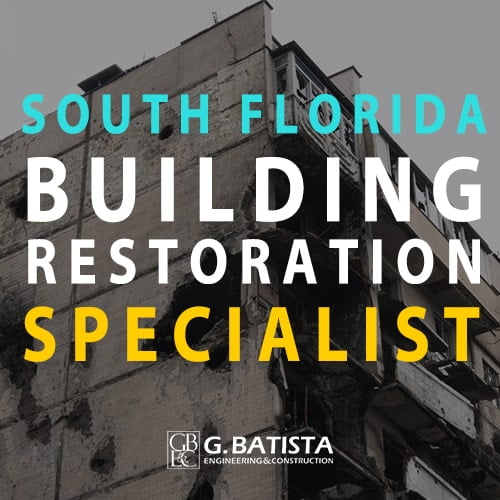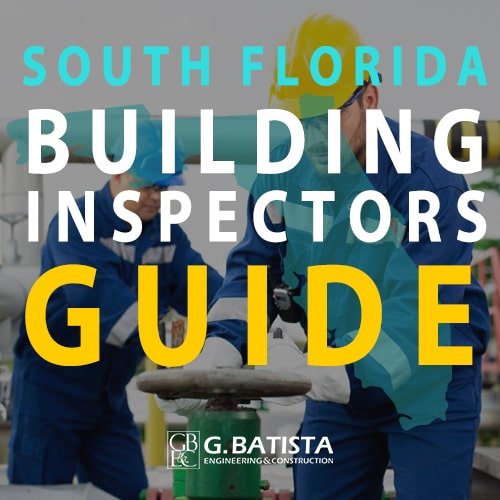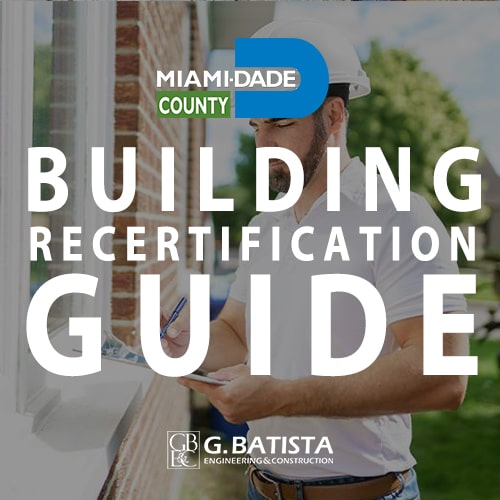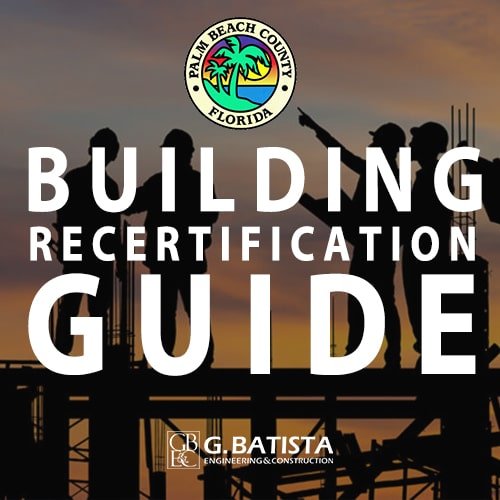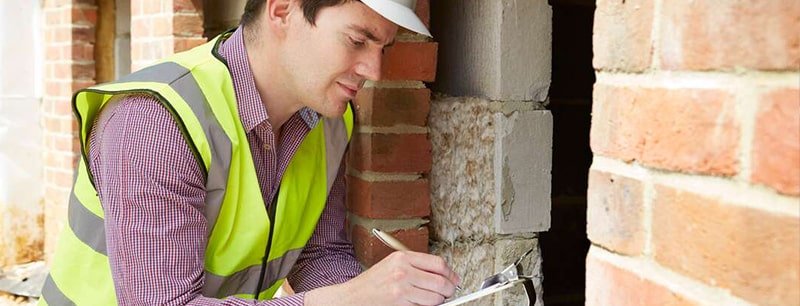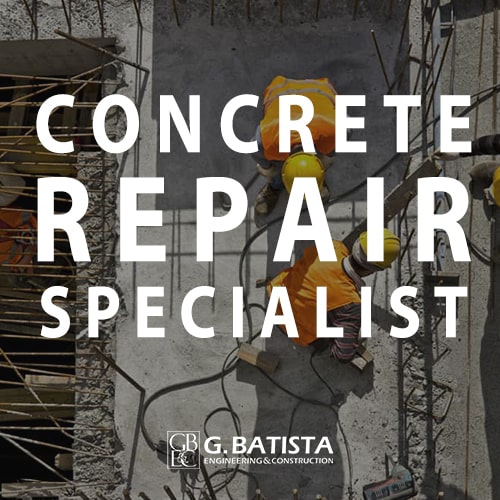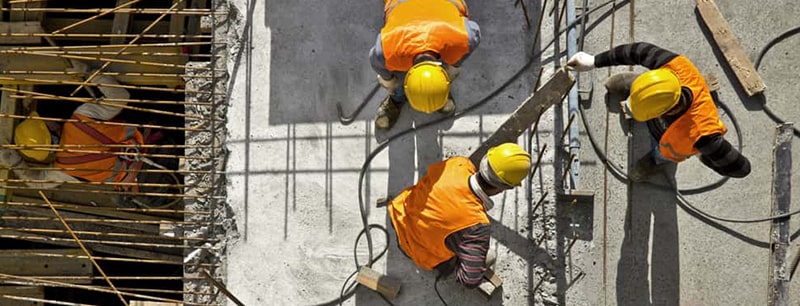
Greg Batista speaks with Telemundo about the Baltimore Bridge Collapse
Structural Engineer Greg Batista speaks about what could be the possible reason behind the Baltimore Bridge Collapse.
Want to learn more about our services?
Greg Batista is an industry leader in Structural Engineering. His company AskGBatista specializes in Building Inspections, Building Repairs, as well as many other construction related services. If you would like to learn more about these services feel free to visit our services page or click the button below to get a quote.










